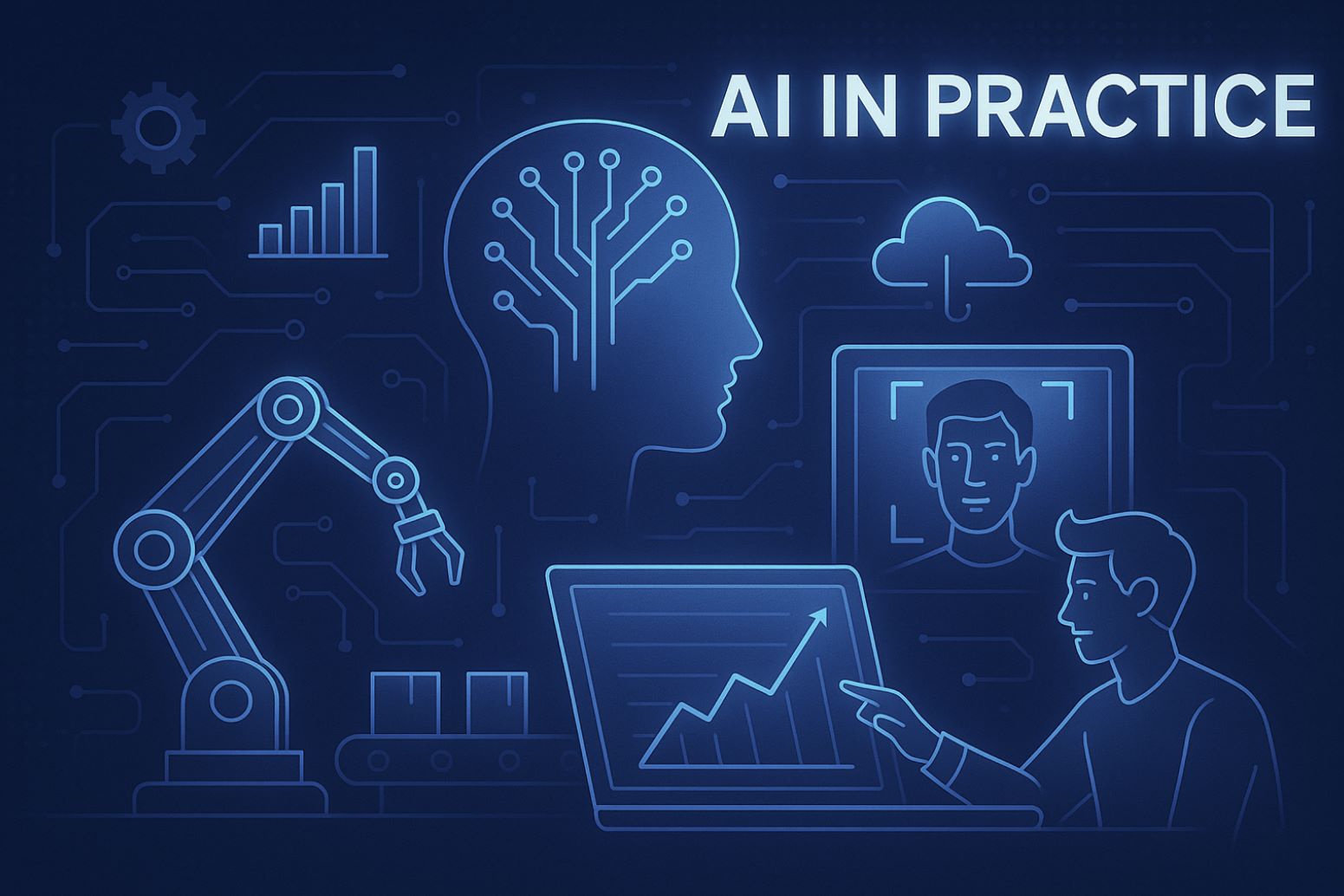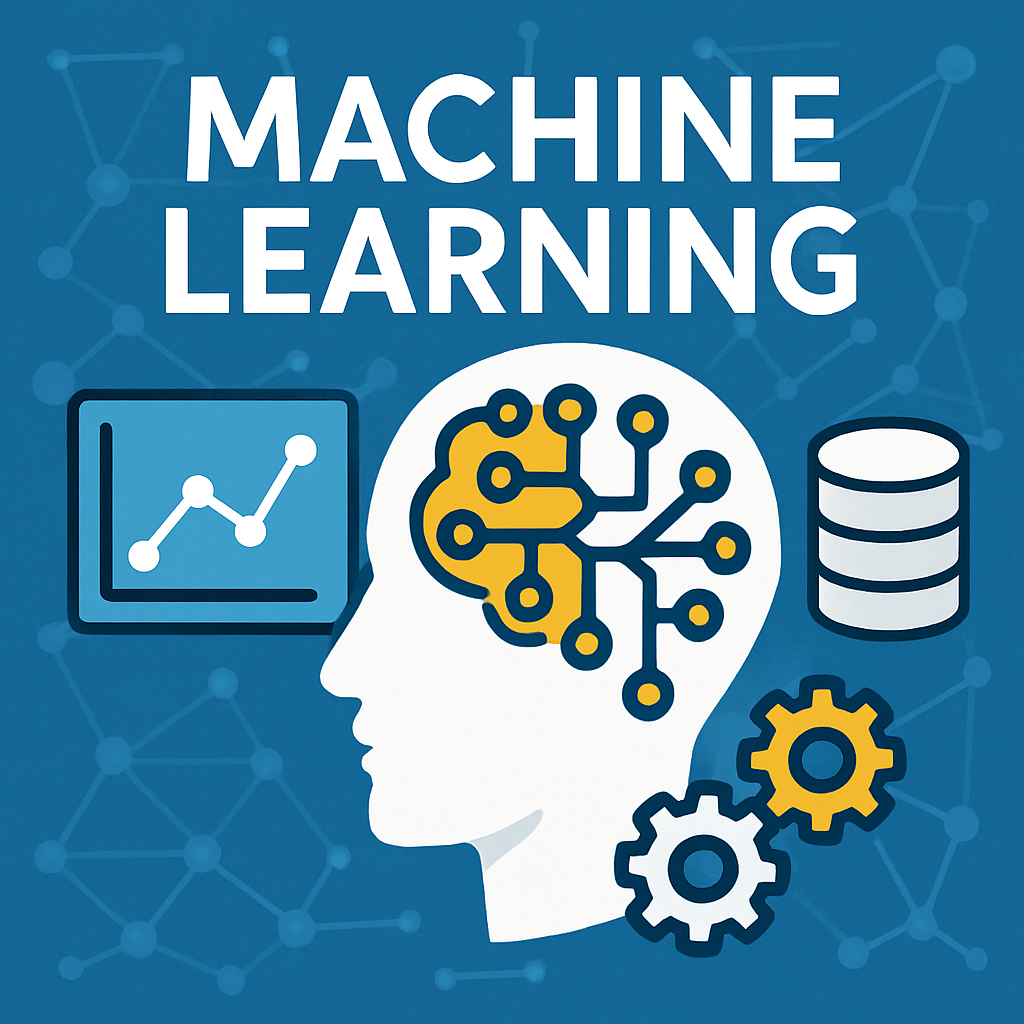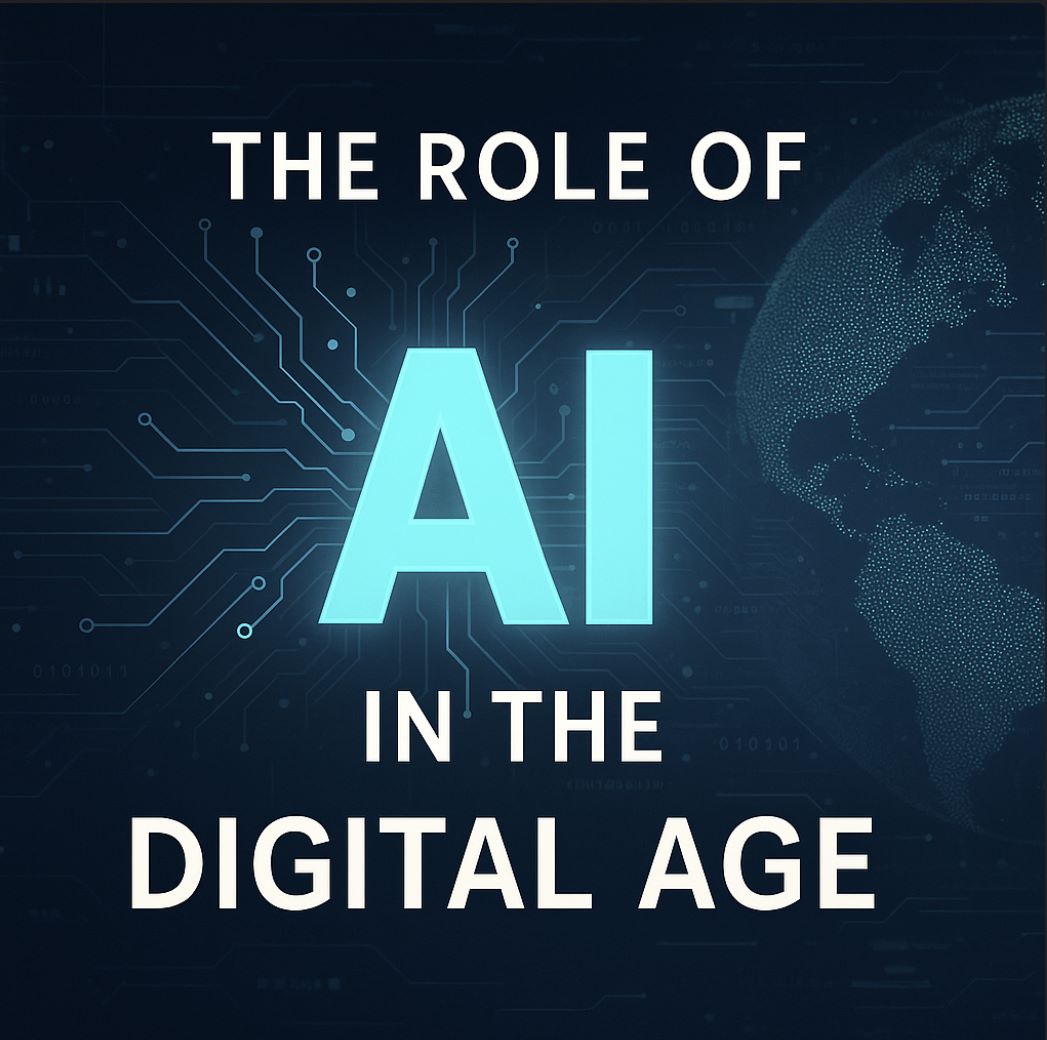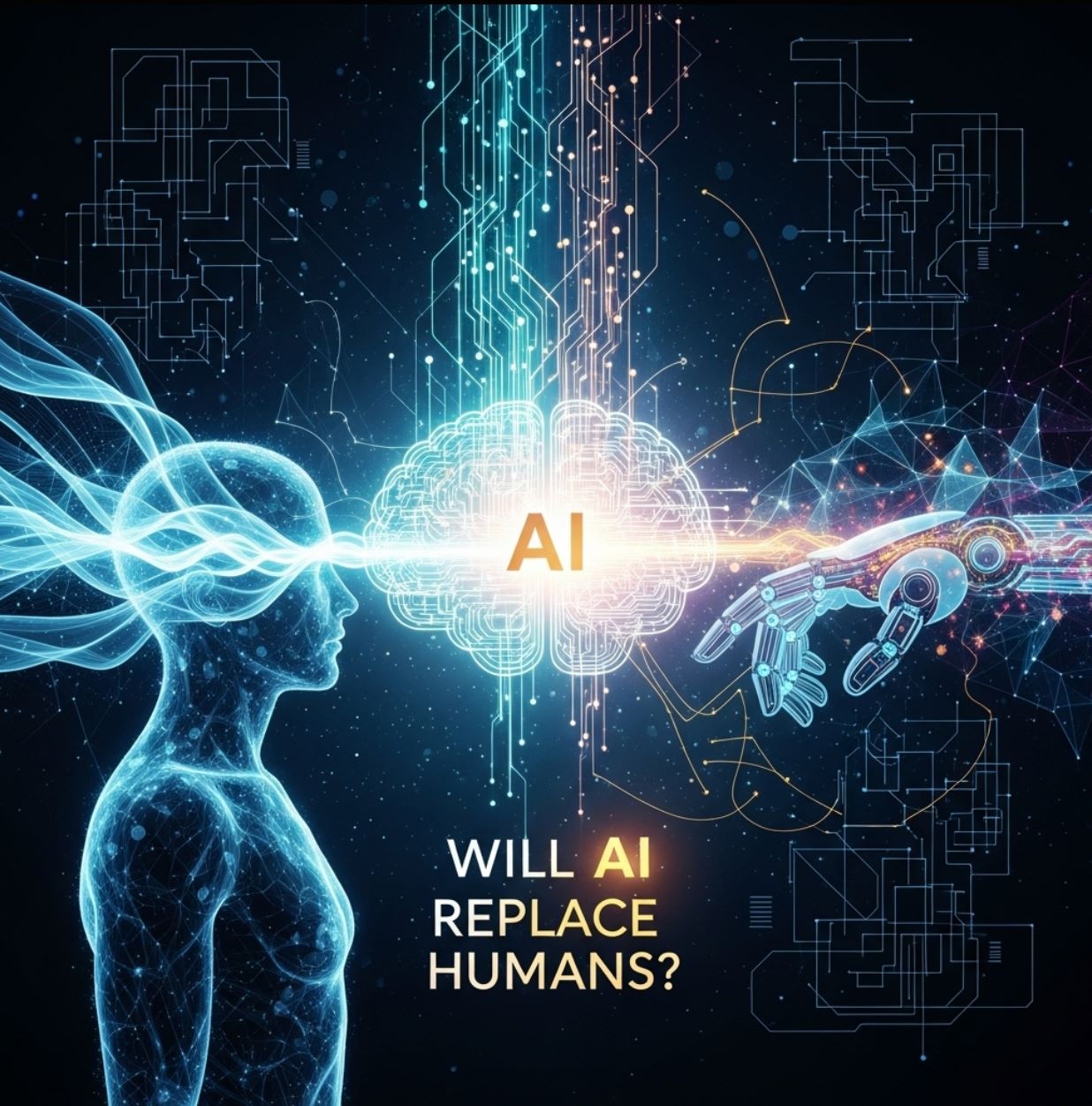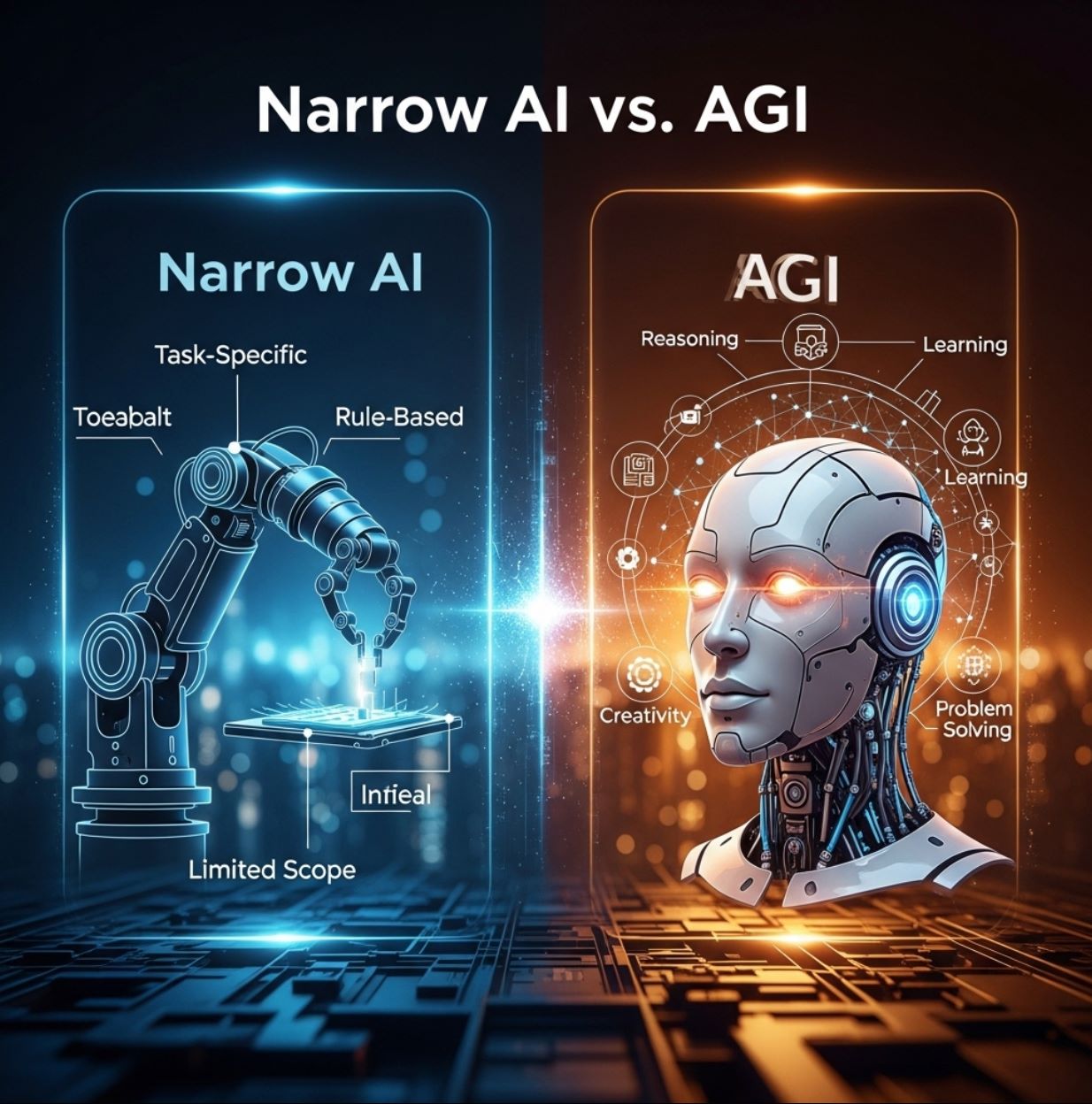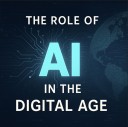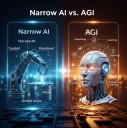Artificial Intelligence (AI) is no longer just a concept on paper but has become part of everyday life. AI technology has the ability to “learn” and process massive amounts of data, helping to automate many complex tasks and personalize user experiences. For example, AI is revolutionizing manufacturing, transportation, healthcare, and more.
This article by INVIAI will analyze three prominent applications of AI in practice: automation of tasks, intelligent recognition, and future prediction. Through this, we will gain a clearer understanding of how AI supports daily life and work.
Automation with AI
AI can replace humans in performing repetitive and time-consuming tasks, thereby increasing efficiency and productivity. According to a Smartsheet report (Automation in the Workplace), 86% of respondents believe automation helps them work more effectively and productively, while 78% say the technology allows them to focus on more creative tasks. In practice, AI frees people from manual work.
For example, in banking, the back-office department can save time processing documents through AI-powered automated data entry, allowing staff to focus more on customer care and creativity. Many businesses now apply RPA (Robotic Process Automation) and chatbots to automate processes, reducing errors and operational costs.
AI automation applications are diverse, including:
- Industrial robots: Assist in assembling cars, inspecting product quality, or supporting physically demanding human tasks.
- Virtual assistants, chatbots: Provide 24/7 customer support, instantly answering common questions. AI-integrated chatbots can also recognize user emotions to handle situations appropriately.
- Self-driving vehicles (driverless cars): Use computer vision and deep learning to control vehicles, automatically navigating lanes and avoiding obstacles such as pedestrians.
Thanks to these tools, people are increasingly freed from repetitive tasks, while performance and accuracy improve significantly. AI-driven automation is creating a powerful transformation in manufacturing and services, opening new creative opportunities for humans.
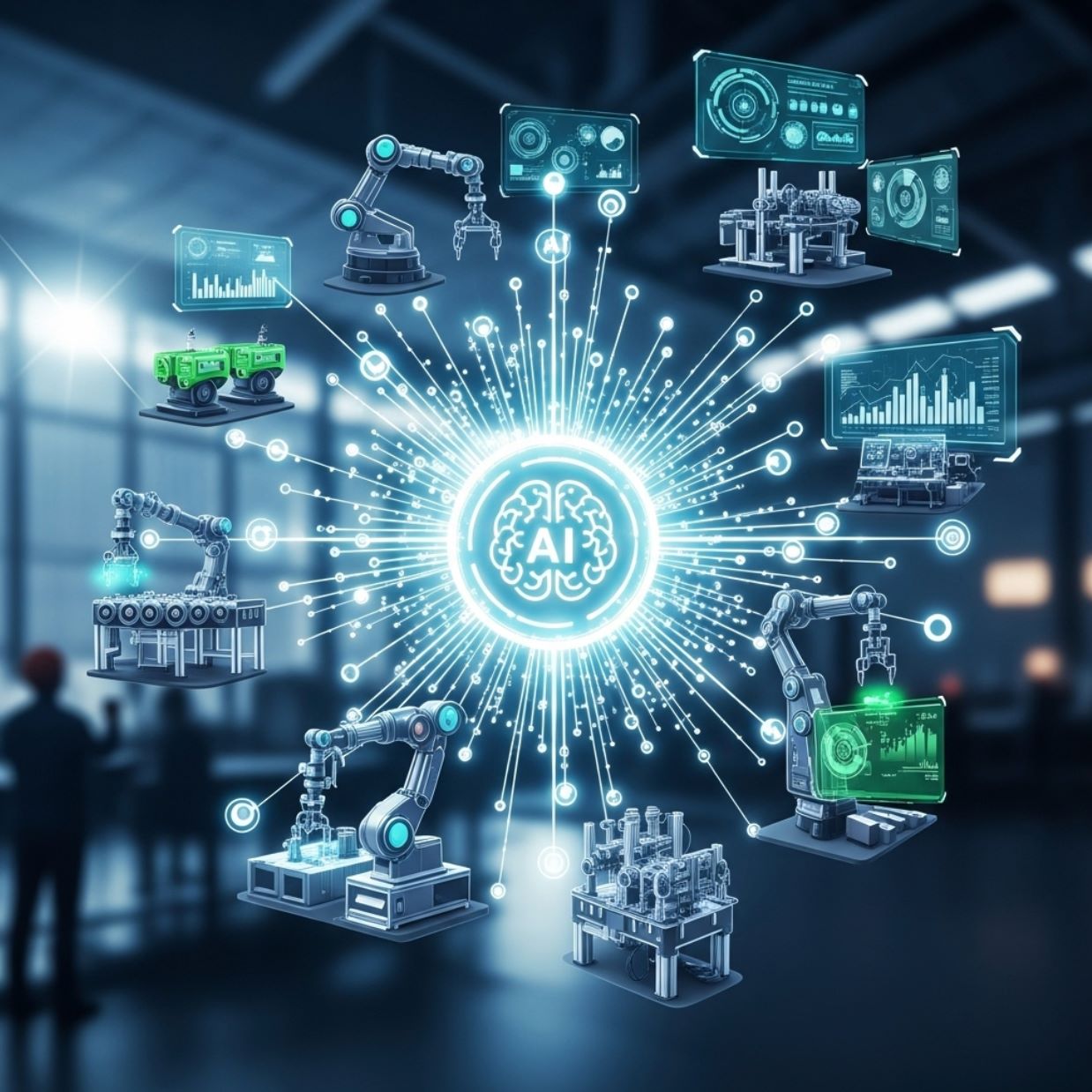
Intelligent Recognition with AI
AI develops the ability to recognize patterns and analyze multimodal data. With computer vision, AI can capture and process image information from cameras to identify objects in photos, recognize handwritten characters, or assist medical diagnosis (e.g., analyzing X-rays, MRIs).
At the same time, natural language processing (NLP) enables computers to understand and analyze human language: for example, filtering spam, analyzing sentiment in text, automatic translation, and voice recognition.
As a result, today’s smartphones can unlock using facial recognition, and virtual assistants like Siri and Google Assistant understand users’ voices. These features apply AI to “see” and “hear” the surrounding world, providing great convenience in daily life.

Future Prediction with AI
Additionally, AI is strongly applied in predictive analytics (Predictive AI). AI models can analyze historical data to forecast future trends. For example, using years of sales data to predict next quarter’s revenue; or analyzing symptoms and medical images to predict diseases (such as malignant tumor forecasting). This capability helps companies grasp market demand, plan production, and better serve customers.
In precision agriculture, AI helps farmers monitor crops and predict harvest times. Data from sensors and aerial images allow calculations of rainfall and humidity, optimizing irrigation and fertilization schedules. Meanwhile, autonomous devices like tractors and drones use AI to automatically sow seeds and spray pesticides with high accuracy – saving resources and increasing yields.
Similar AI applications exist in finance: transaction data analysis systems can predict fraud and automatically handle suspicious transactions. Overall, predictive AI is applied across various fields (finance, manufacturing, services, transportation, etc.) to improve decision quality and reduce risks.
>>> Would you like to learn more about:
Common Types of Artificial Intelligence
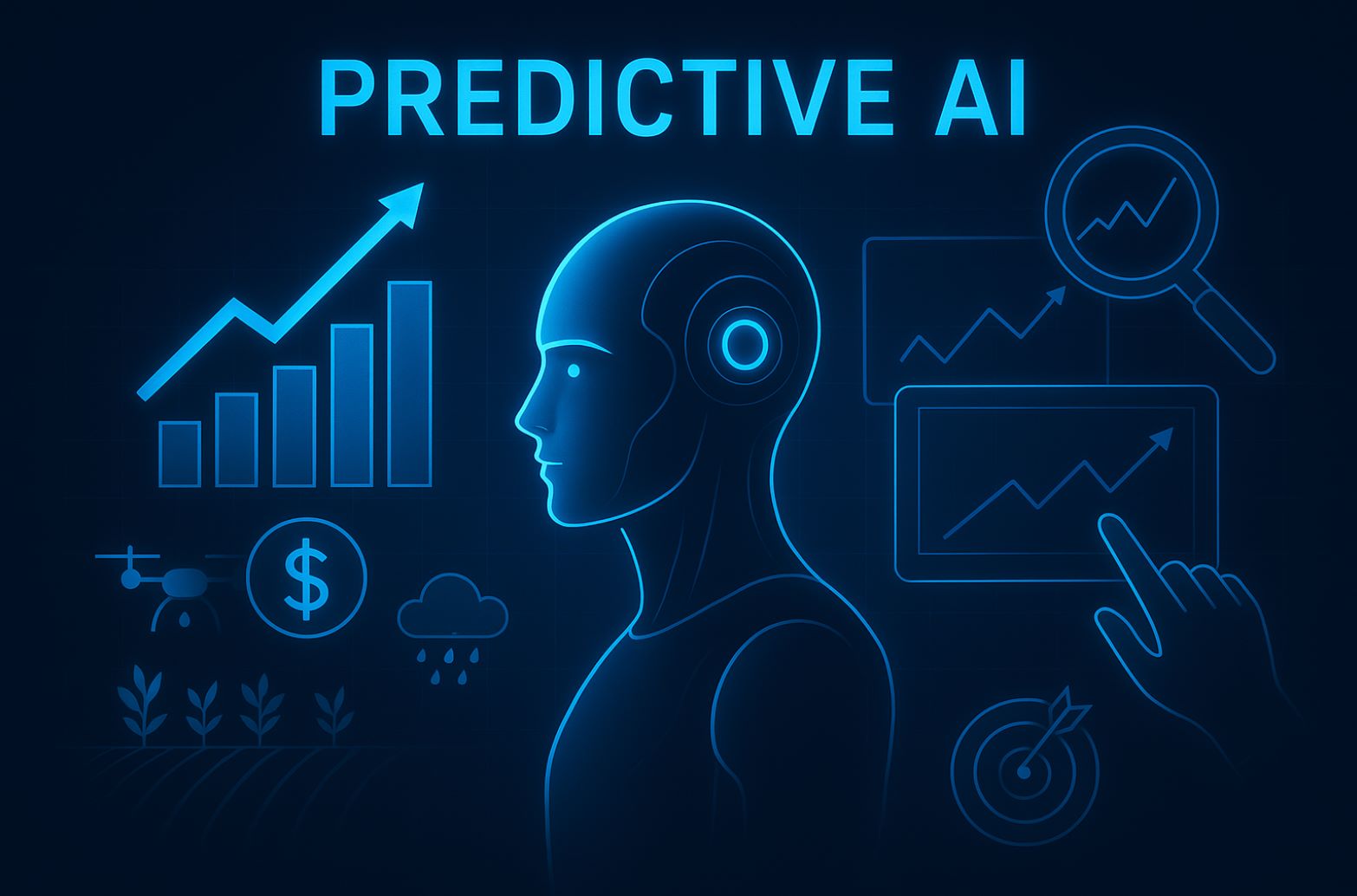
The examples above show that AI in practice is not just a trend but has become a powerful tool for humans. Automation, recognition, and prediction – the three main capabilities of AI – are helping to enhance work efficiency, improve service quality, and open up many new opportunities. AI technology promises to continue developing strongly, bringing further innovative breakthroughs to industries and everyday life.


